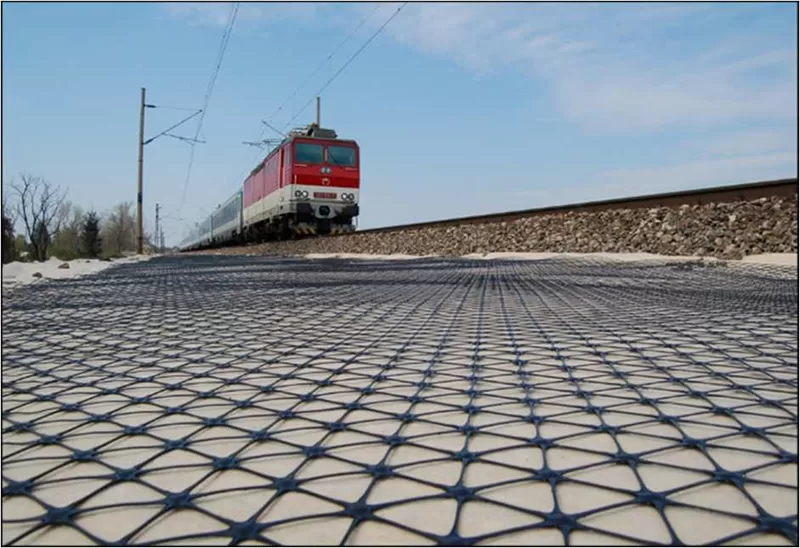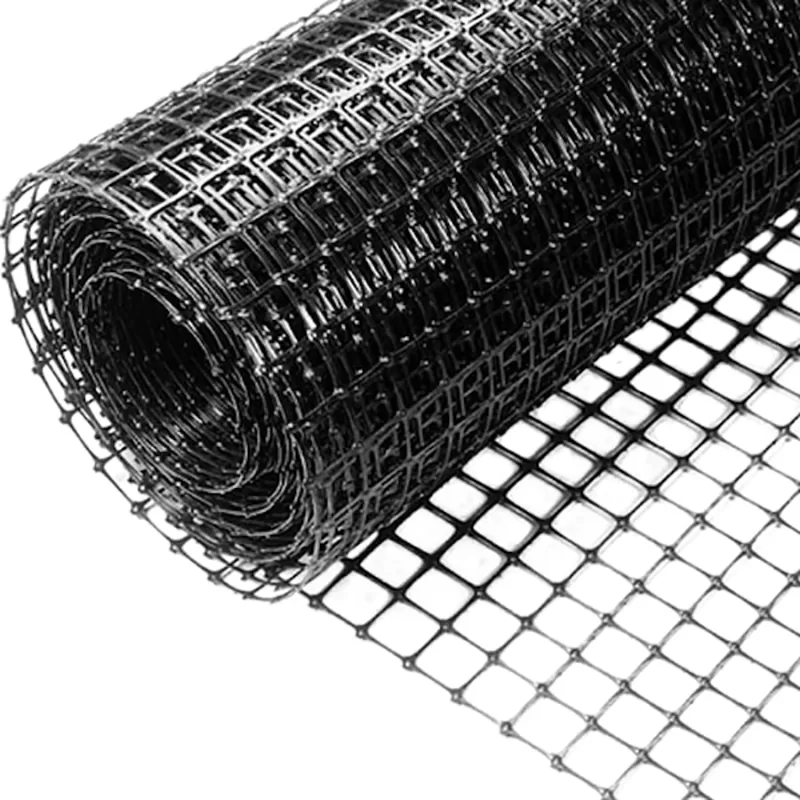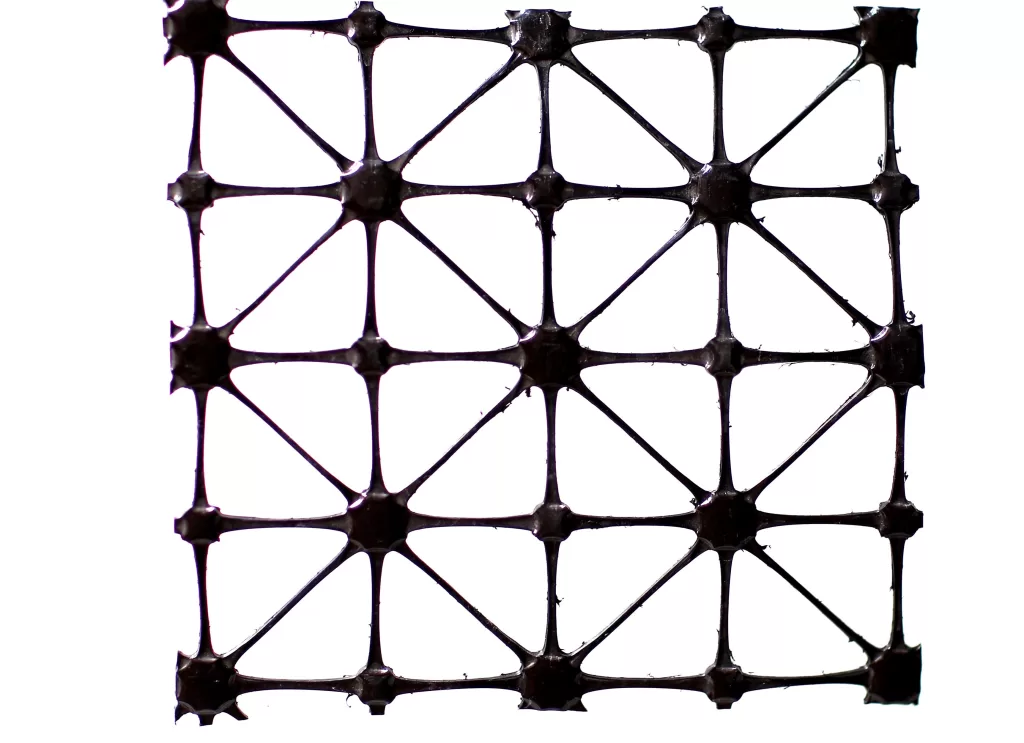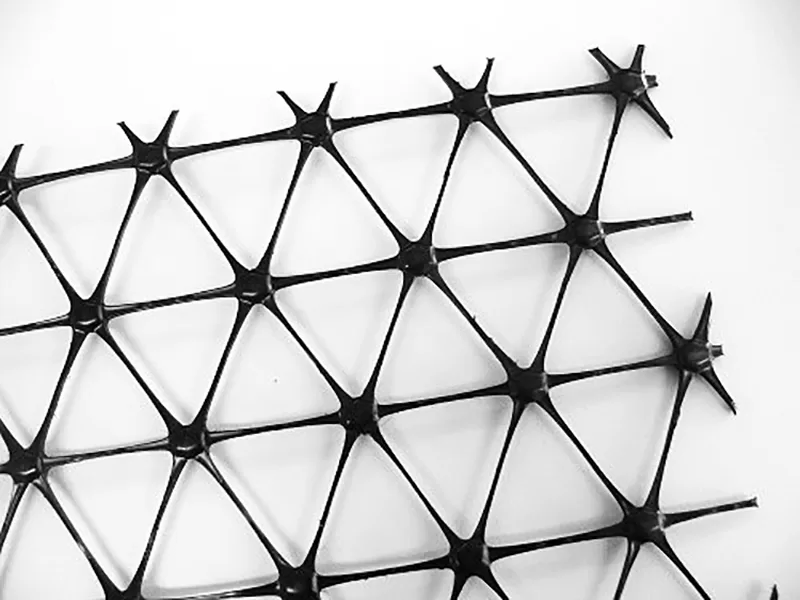+86-159 9860 6917
info@geofantex.com
geofantex@gmail.com
+86-400-8266163-44899
Geogrids have become an increasingly popular solution when it comes to constructing a durable and stable driveway. Geogrids are synthetic materials used in civil engineering projects to reinforce soil and other materials. For driveways, they offer significant benefits, including improved load distribution, reduced soil displacement, and enhanced longevity. This article explores the effectiveness of geogrids in driveway construction by addressing common questions related to their application and benefits.
Are driveway grids worth it?
Yes, driveway grids are worth the investment, particularly if you
’
re looking for a long-lasting, stable, and low-maintenance driveway. By reinforcing the soil and distributing weight more evenly, geogrids prevent common issues like rutting and sinking, which can be costly to repair. Additionally, they help to retain the gravel, reducing the need for frequent maintenance and making them a cost-effective solution in the long run. Their ability to improve drainage also minimizes the risk of water-related damage, ensuring your driveway remains in good condition for years.

What is a geogrid driveway?
A geogrid driveway incorporates geogrid materials into its foundation. These grids are typically made of high-density polyethylene (HDPE) or polypropylene, which are resistant to chemicals, UV light, and environmental stresses. The geogrid is laid out on a prepared subgrade, and then gravel, concrete, or other surface materials are placed on top. The geogrid helps to reinforce the driveway by stabilizing the subgrade and ensuring even load distribution, which reduces the risk of the driveway shifting or settling unevenly over time. Additionally, geogrids provide base reinforcement to a gravel driveway while reducing the amount of aggregate required, making the construction process more efficient and cost-effective.
Can you use geogrid in concrete?
Yes, geogrids, particularly advanced geogrids used as an alternative to conventional steel for concrete reinforcement, can be employed in concrete applications, including driveways. When used with concrete, geogrids enhance the structural integrity of the slab by providing additional reinforcement. This advanced reinforcement helps to control cracking, reduce the thickness of the concrete needed, and improve overall load-bearing capacity. Geogrids can be placed beneath the concrete layer or within the concrete itself, depending on the specific requirements of the driveway project.
How effective is Geogrid?
Geogrids, particularly advanced geogrids used as an alternative to conventional steel for concrete reinforcement, are highly effective in driveway applications. They significantly increase the driveway’s ability to withstand heavy loads and frequent traffic without deforming. The grids work by interlocking with the aggregate or soil, creating a more stable and robust base. This interlocking action reduces the movement of the subgrade and helps maintain the integrity of the driveway surface. In addition to enhancing load-bearing capacity, geogrids also improve drainage and reduce erosion, further contributing to the driveway’s durability.
Geogrids are an invaluable tool in constructing and reinforcing driveways, offering enhanced stability, longevity, and cost-effectiveness. By distributing loads evenly and stabilizing the subgrade, geogrids prevent common issues like rutting and cracking, which can lead to costly repairs. Whether you’re considering a gravel or concrete driveway, integrating geogrids into the design can ensure a durable and low-maintenance surface that will stand the test of time.



Get Free Sample
We’ll respond as soon as possible(within 12 hours)






















